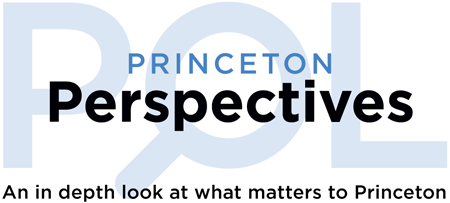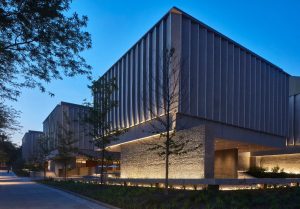
An art museum is more than the just its works of art, placed around a room or hung on the wall. Along with layout and placement there is also flow, chosen artists, studio and educational spaces and more – all reasons that Princeton University spent more than four years rebuilding.
Its old museum often felt like it was ‘busting at the seams’ with its need to meet ever-increasing demands for public visitors, academic use and school groups. Publicly announced in 2018, though in discussions for even longer, it was a project that removed the old Princeton University Art Museum and constructed a much needed and desired new one.
“At best, some 2% of the collections were able to be shown in the old Museum on any given day, and certain aspects of art—including contemporary art and time-based media—were very difficult to display. At about 2,500 square feet, our temporary exhibitions spaces were much too small. There were few educational spaces and no dedicated social spaces; every space in the old building was required to do double or triple duty, creating untenable stresses on the collections and making it difficult to meet the needs of today’s visitors, among other things,” explains Stephen Kim, Senior Associate Director for Communication & Information.
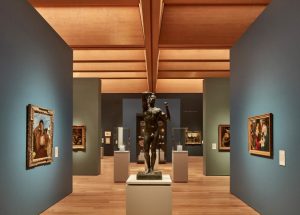
Now, many are anxiously awaiting the new facility which boasts 146,000-square-feet for art display, teaching and educational programming. More than 117,000 objects spanning over 5,000 years of creativity will be on display and open to the public beginning October 31st.
The works, while still often hung on the wall or placed around the rooms, are each carefully chosen and their placement even more thoughtfully decided. Rather than art being divided and placed on separate floors, there is more flow between the rooms. The goal is to make one think and reflect on the past vs. the present, to really see different cultures, and question human experiences.
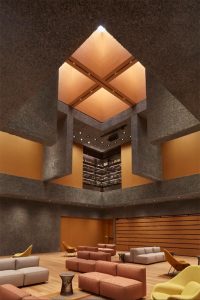
“We have curated the museum in ways that will welcome visitors not only to experience beauty but also to analyze it; to admire creativity and to contextualize it; to marvel at materials and to complicate their origins,” said Juliana Ochs Dweck, chief curator of the Princeton University Art Museum. “In the new building, visitors can directly experience our collections, whether walking above ancient mosaics recessed in the floor, ascending the Grand Stairs across from a medieval Mallorcan stairway, or encountering a dialogue between light-based works spanning five hundred years. Our new museum offers many ways to have intimate encounters with art, to pursue curiosity, engage in meaningful dialogue, and to find solace or belonging.”
The new museum will launch with a 24-hour Open House beginning the evening of Friday, October 31st. There will be free public events and opportunities to engage with the spaces including open studio hours, dance parties, movie screenings, collections tours, trivia, yoga and more. The 3-level building welcomes visitors from all sides, greeted by gold, bronze and wood mosaics of tile created by artist and educator Nick Cave. They welcome you to 80,000-square-feet of gallery display amongst nine pavilions (further divided into thirty-two galleries and three special exhibition spaces). Additionally, there is room to welcome more school groups with over 12,000-square-feet dedicated to educational space comprised of two creativity labs for hands-on art making, six object study classrooms, an auditorium and two seminar rooms. The Grand Hall can also be used for classes or lectures or to offer performances or social gatherings.
When its first independent building opened in 1890, this museum was one of the inaugural ones to display works from multiple continents and in different forms. It prides itself as having one of the most diverse looks at the world amongst university museums. The new layout is specifically designed to enable “conversations” to take place from one work of art to another.
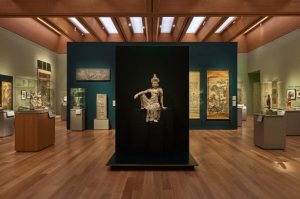
“Galleries are designed to evolve, with works of art regularly reinstalled, new acquisitions reshaping the narratives on display, and visitors challenged to think critically and empathically. This embrace of flux reflects the Museum’s role as a place of teaching and learning, where new research and new encounters continually inform and redefine what it means to curate,” Ochs Dweck notes.
For the opening, there are two special exhibitions on display. Princeton Collects will highlight artwork that was donated in honor of the new museum building. It includes paintings by artists including Mark Rothko, Joan Mitchell and Gerhard Richter. Princeton Professor Toshiko Takaezu will also have her work on display in Toshiko Takaezu: Dialogues in Clay, described as “experimental artistic exchanges between the artist, her contemporaries and her teachers.” The special exhibitions will change in the spring.
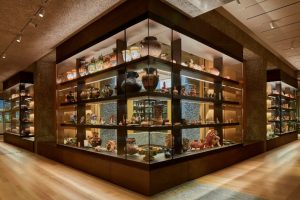
The Princeton University Art Museum Store, another trove of treasures, is now situated at the intersection of two art walkways that allow visitors to walk through the museum campus. A full-service restaurant is located on the third floor, will both indoor and outdoor dining. The museum has also taken advantage of its surroundings, offering outdoor terraces and an amphitheater as well.
As a near 30-year dream for the new museum has come to fruition, it is an ode to the community it sits amongst and thanks to the generosity of those that believed in its necessity.
“The capital costs of the new building are the result of a philanthropic and University partnership through which about two-thirds of the cost was contributed by private donors and one-third by the University,” Kim shares. “Fundraising for bricks and mortar was completed in fall 2021 but continues in order to grow our endowments and support increased operational costs associated with a much larger facility.”
The new Princeton University Art Museum will have on display approximately three-times as many objects as the old museum offered, which is still only about 4-5% of the collections. There will be plenty of time to view it all, as the admission remains free and it will be open seven days a week.
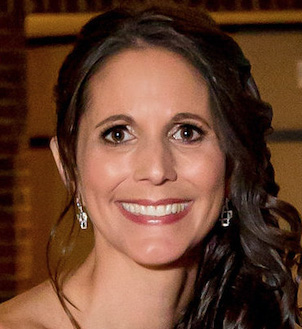
Lisa Jacknow spent years working in national and local news in and around New York City before moving to Princeton. Working as both a TV producer and news reporter, Lisa came to this area to focus on the local news of Mercer County at WZBN-TV. In recent years, she got immersed in the Princeton community by serving leadership roles at local schools in addition to volunteering for other local non-profits. In her free time, Lisa loves to spend time with her family, play tennis, sing and play the piano. A graduate of the S. I. Newhouse School of Public Communications at Syracuse University, Lisa was raised just north of Boston, Massachusetts but has lived in the tri-state area since college. She is excited to be Editor and head writer for Princeton Perspectives!
